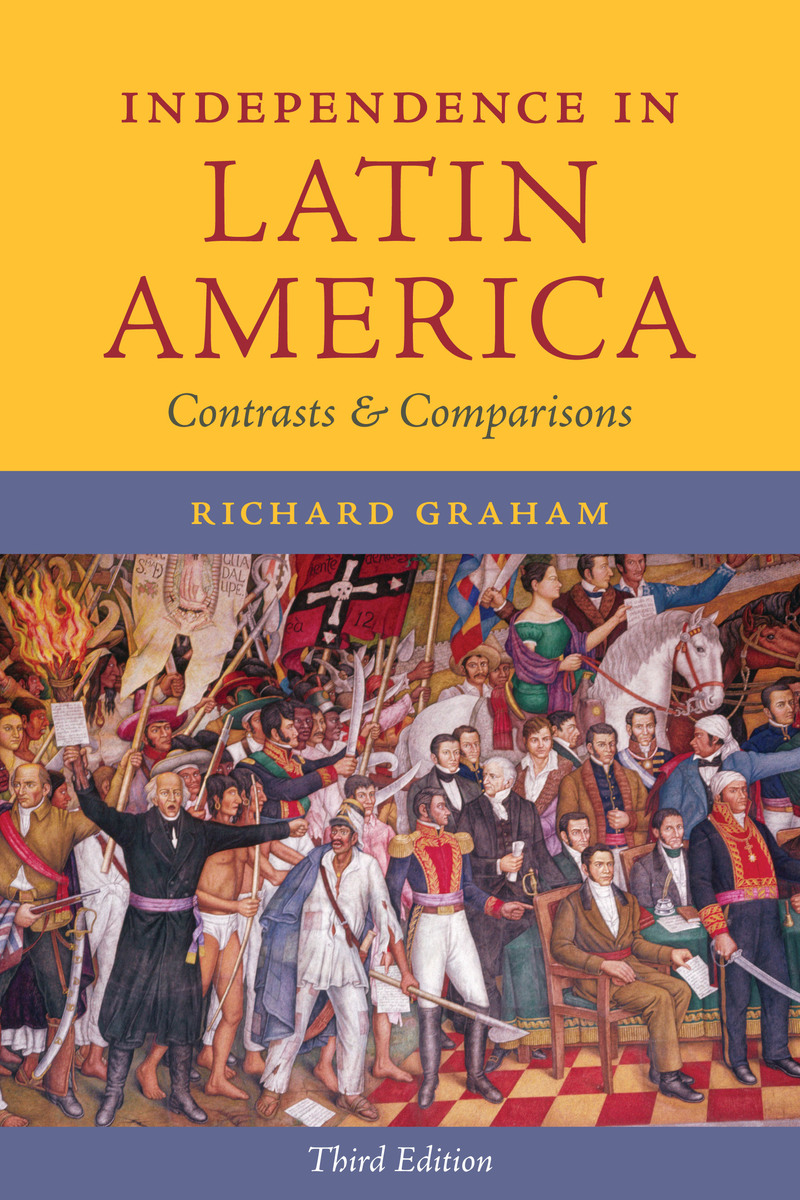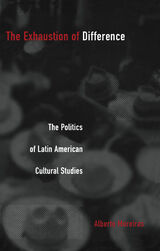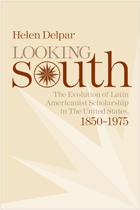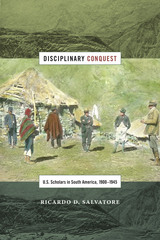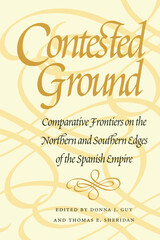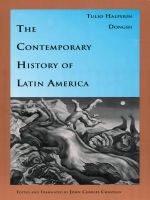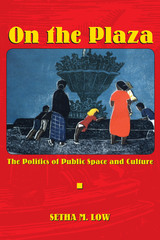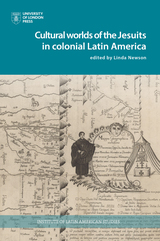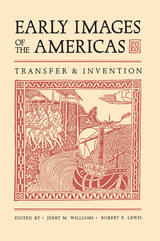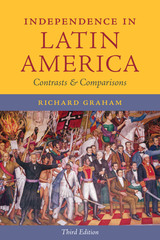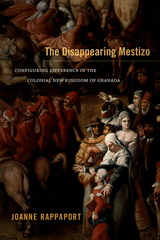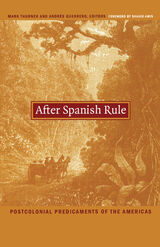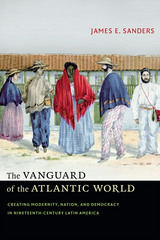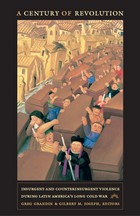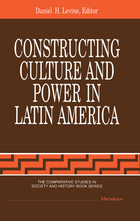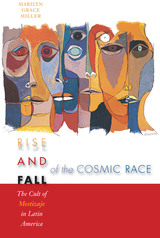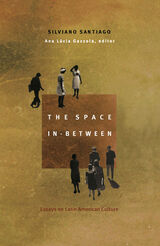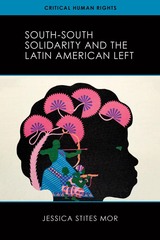Cloth: 978-0-292-74451-6 | Paper: 978-0-292-74534-6 | eISBN: 978-1-4773-0835-6 (ePub) | eISBN: 978-0-292-74467-7 (PDF)
Library of Congress Classification F1412.G64 2013
Dewey Decimal Classification 980.02
In the course of fifteen momentous years, the Spanish- and the Portuguese-American empires that had endured for three centuries came to an end in the mid-1820s. How did this come about? Not all Latin Americans desired such a change, and the independence wars were civil wars, often cruel and always violent. What social and economic groups lined up on one side or the other? Were there variations from place to place, region to region? Did men and women differ in their experience of war? How did Indians and blacks participate and how did they fare as a result? In the end, who won and who lost?
Independence in Latin America is about the reciprocal effect of war and social dislocation. It also demonstrates that the war itself led to national identity and so to the creation of new states. These governments generally acknowledged the novel principle of constitutionalism and popular sovereignty, even when sometimes carving out exceptions to such rules. The notion that society consisted of individuals and was not a body made up of castes, guilds, and other corporate orders had become commonplace by the end of these wars. So international politics and military confrontations are only part of the intriguing story recounted here.
For this third edition, Richard Graham has written a new introduction and extensively revised and updated the text. He has also added new illustrations and maps.
See other books on: Contrasts | Graham, Richard | Independence | Latin America | Wars of Independence, 1806-1830
See other titles from University of Texas Press
